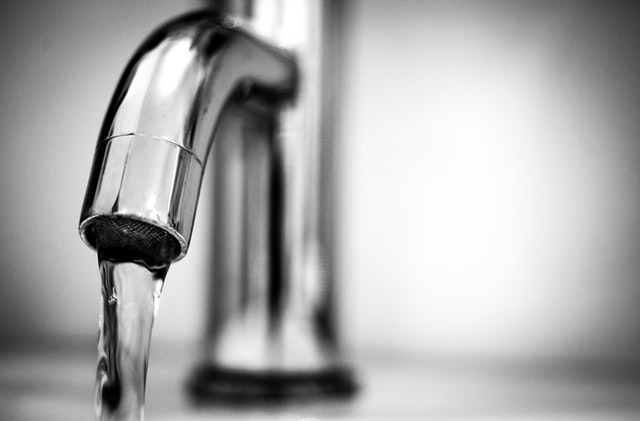The NSF is the national sanitation foundation, a not-for-profit that certifies products for water treatment. They ask for samples of the product and do their own extensive testing to see it if meets the claims of the manufacturer. They also do yearly inspections to ensure it stays compliant. Having this certification means you can trust the product. The one caveat is the manufacturer only needs to treat one contaminant in the standard to be certified. For example, you only need to reduce lead to get the NSF 53 stamp even though the standard contains over 50 contaminants. That’s why you need to visit the NSF website and search for the product to see what it’s certified to clean.
Brita Pour Through Pitcher Filter
NSF Certification 42: Chlorine Reduction, Taste and Odor Reduction
NSF Certification 53: Cadmium Reduction, Copper Reduction, Mercury Reduction
Zero Water Pitcher Filter
NSF Certification 53: Chromium (Hexavalent) Reduction, Lead Reduction, Mercury Reduction, PFOA Reduction, PFOS Reduction
NSF Certification 42: Chlorine Reduction, Taste and Odor Reduction
The NSF certification is expensive, so I get why they would do this instead. It’s cheaper to run the test yourself and send a water sample to a lab to see how effective your filter is. The problem is you have to trust the water sample sent was in fact the filtered water. I would take this with a grain of salt unless you do your own tests and water samples.
EPA Lab Results
METALS:
ANTIMONY, ARSENIC III, ARSENIC V, BARIUM, BERYLLIUM, CADMIUM, CHROMIUM 3, CHROMIUM 6, COPPER, IRON, LEAD, MANGANESE, MERCURY, SELENIUM, SILVER, THALLIUM, ZINC
INORGANIC NON-METALS:
ASBESTOS, CHLORINE, CYANIDE, FLUORIDE, NITRATE, NITRITE
Conclusion
Zero Water wins in the number of contaminates filtered and level of certifications for pitcher filters.

